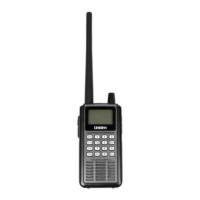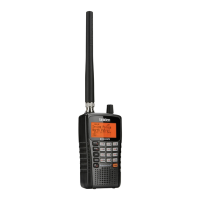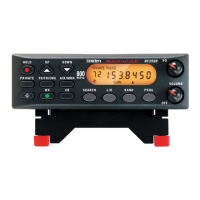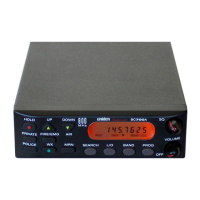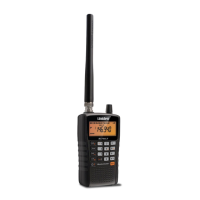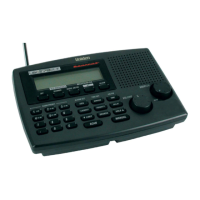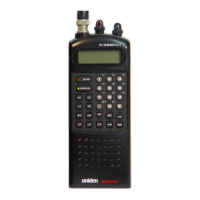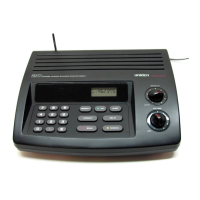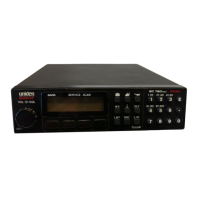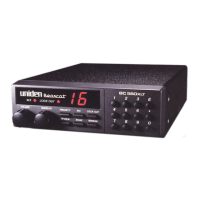94
Type II Special Status Bits
Type II Motorola Smartnet systems use these status bits for special transmissions
such as emergency, patches, DES/DVP scrambled transmissions, and
multiselects. Motorola trunking radios directly interpret them for their special
functions, thus no difference is noticed by the person with the radio. The scanner
however interprets these special talk group status bits as different talk groups
entirely. Below is the conversion chart for these special status bits.
ID+8 DES/DVP Encryption talk group
ID+3 Talk group patch to another
ID+11 DES Talk group patch
ID+12 DES Emergency Patch
ID+5 Emergency multi-group
ID+13 DES Emergency multi-group
ID+7 Multi-select (initiated by dispatcher)
ID+15 Multi-select DES TG
Therefore, if a user was transmitting a multi-select call on talk group 1808, the
scanner would actually receive those transmissions on 1815.
Some common uses of these status bits are as follows:
When a user hits their emergency button, all conversations on the talk group
revert to the emergency status talk group (ID+2) until the dispatch clears the
emergency status. Therefore, if someone hit their emergency button and their
radio was on talk group 16, all communications would switch to talk group 18.
A lot of Fire and EMS departments dispatch tone-outs and alarms as Multi-
select communications (ID+7). Therefore, if your fire department dispatch talk
group is 1616, and they do dispatch tone-outs and alarms as Multi-selects,
then those communications will be on talk group 1623.
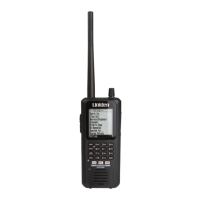
